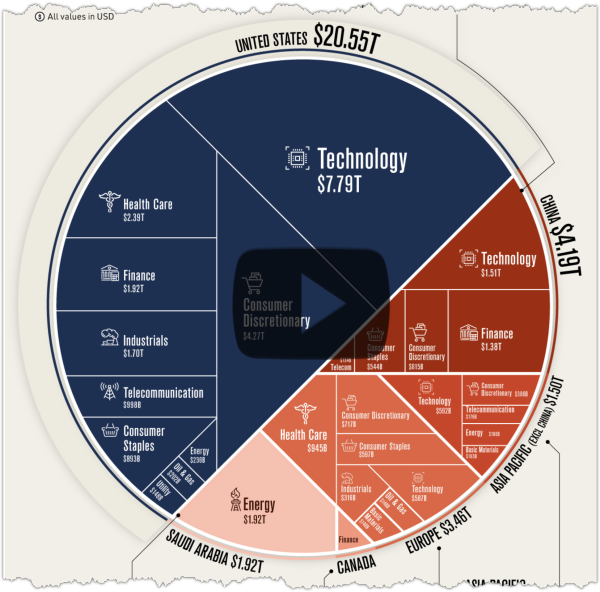I was recently on a podcast with Stephan Spencer where we talked about the future of AI – of course – but also about personal development, mindsets, and the hidden opportunities created by the byproducts of your strategies and business models.
It was a nice talk, and I hope you enjoy it and find it helpful.
The whole video is worth a watch, but the idea of strategic byproducts is a simple but powerful one. Essentially, while you're working on your core business, or operating your core business, you'll often realize that you have created other capabilities or outcomes of that business that can become a complementary business or platform in-and-of-itself. Instead of just being the exhaust of your business, they can become a valuable resource and the path to something new and potentially bigger and better than the original business.
That conversation starts around the 18-minute mark and picks back up around the 38-minute mark.
Stephan Spencer does an excellent job of that, not only in his businesses but with his podcast. What could simply be a video he records with the interviewee becomes audio, a transcript with highlights, a timeline of topics, and a checklist of action items that he (or you) could personally take from the interview.
He's already shot the podcast – so why not capitalize on the "exhaust" of it as well.

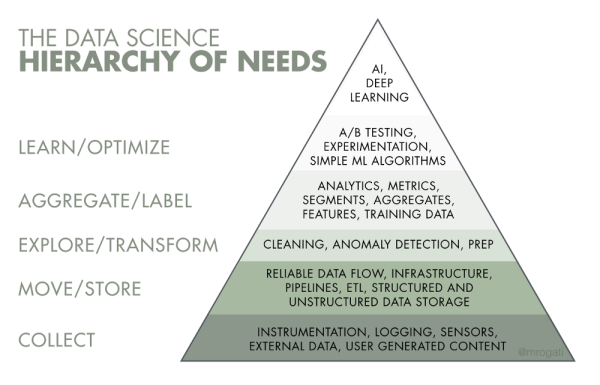



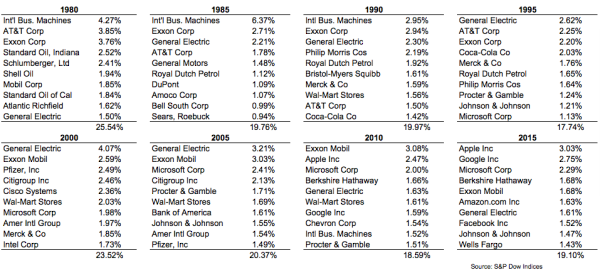 via
via 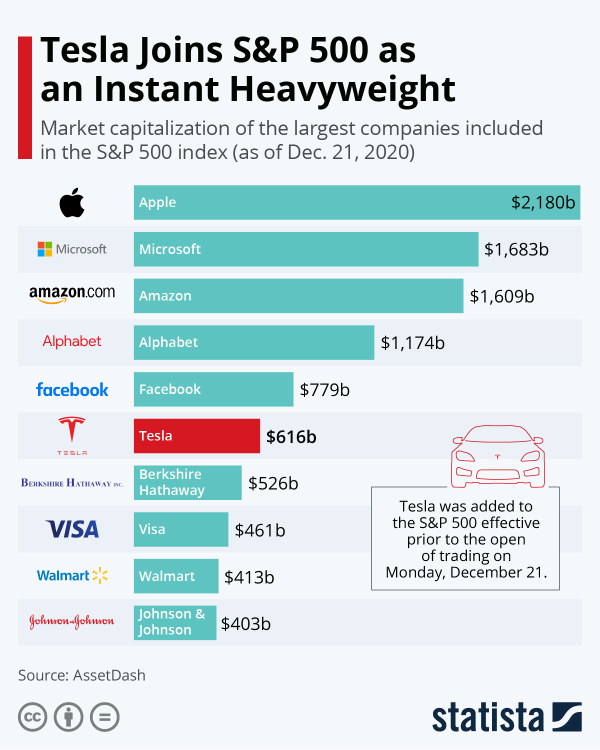 via
via 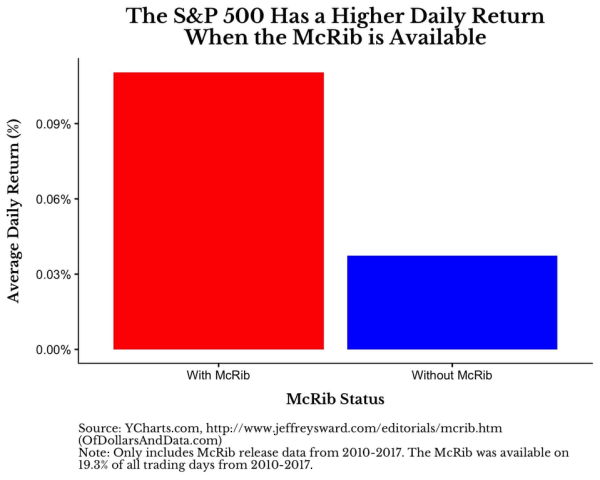 via
via 
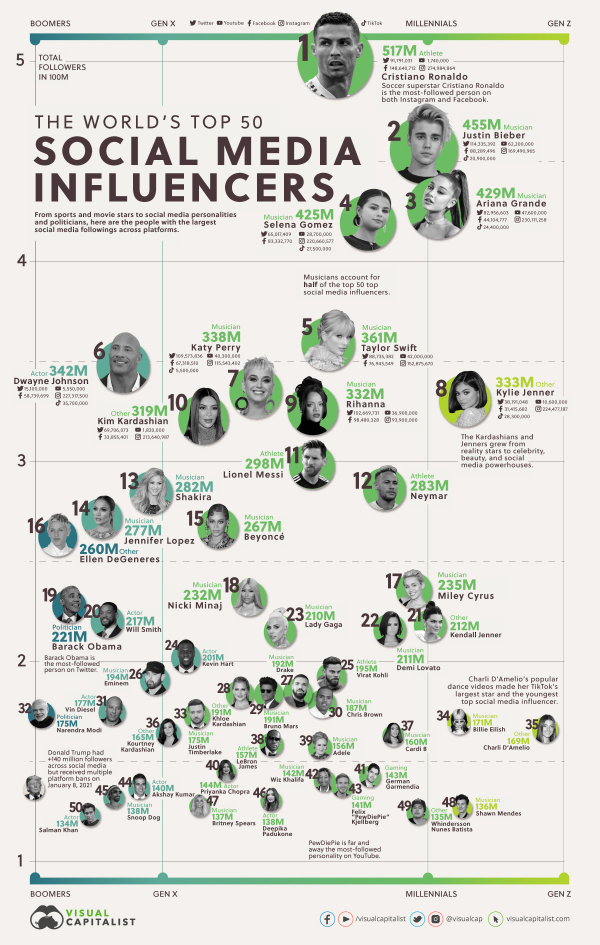 via
via 